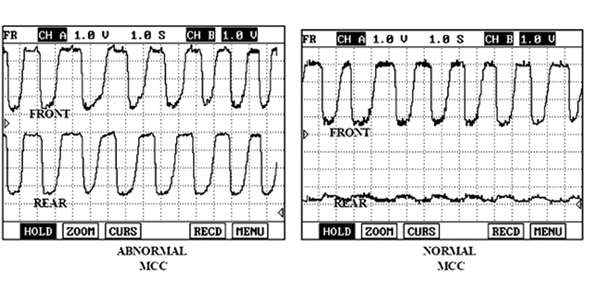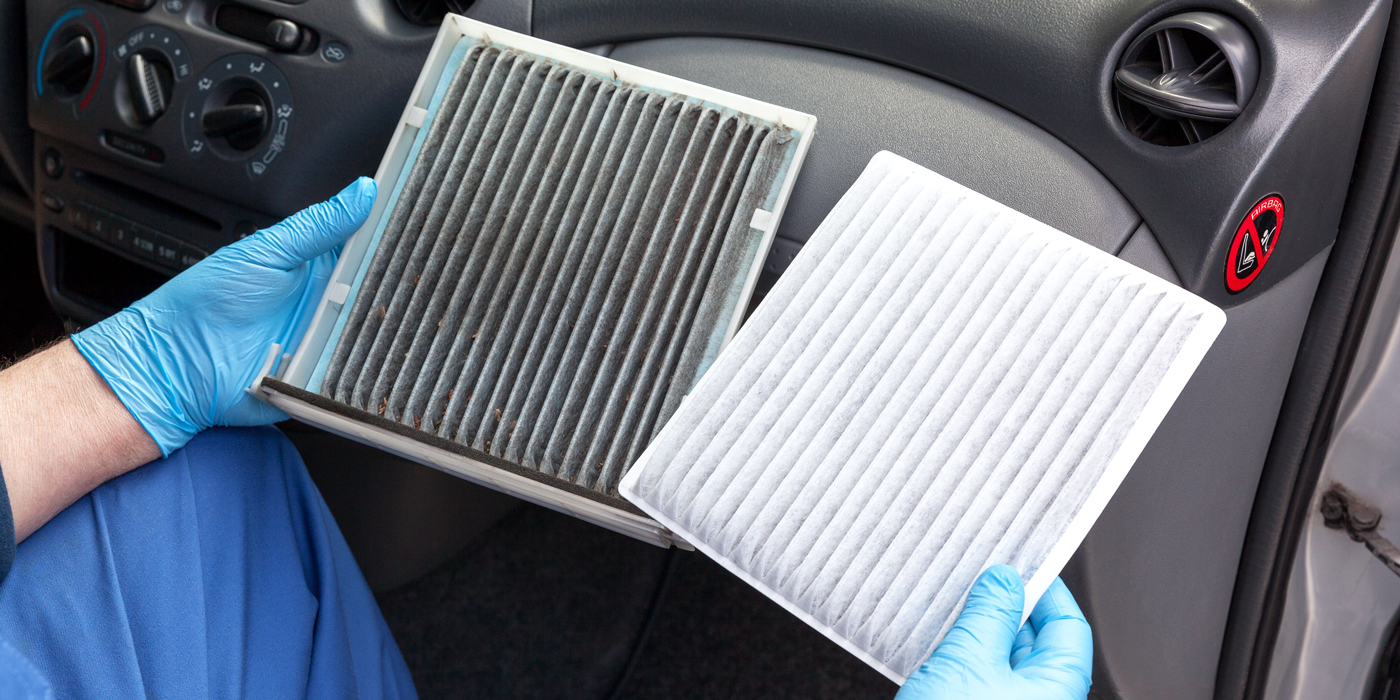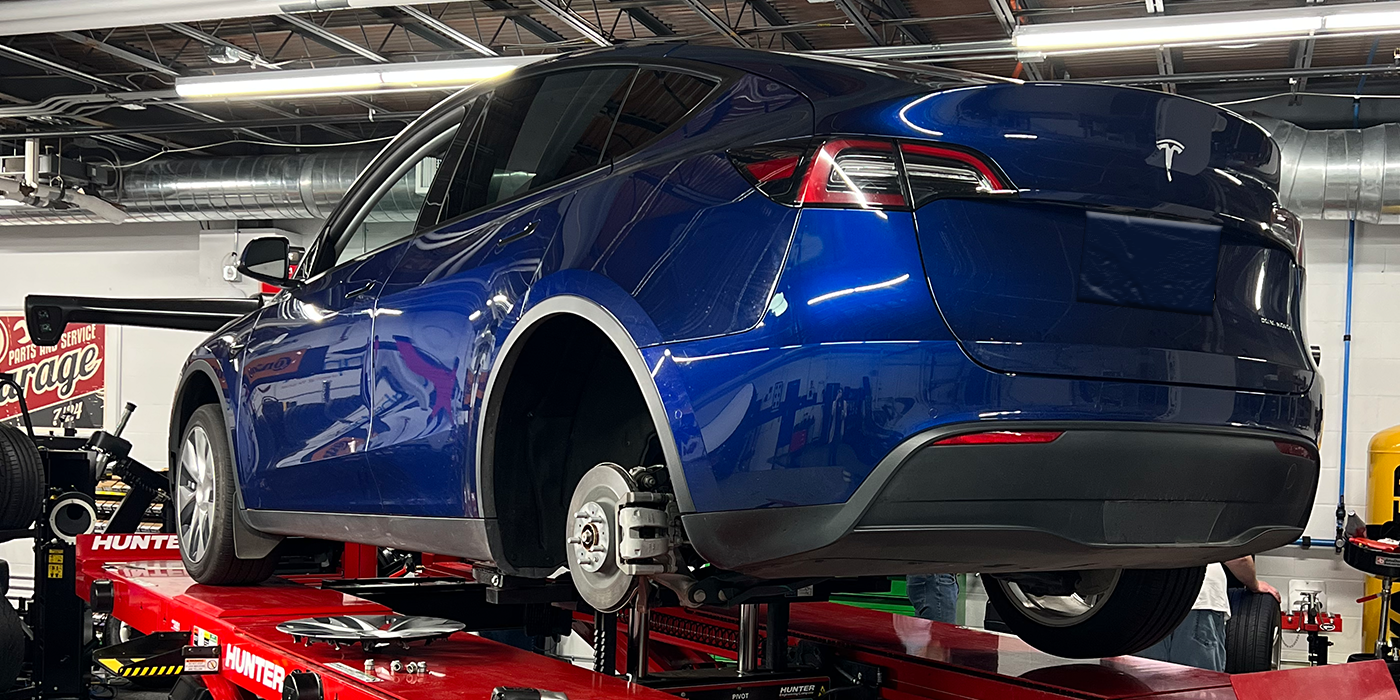Kia’s OBD II engine management systems use dual oxygen sensors, which among other things allow monitoring of the efficiency of the Manifold Catalytic Converter (MCC), also referred to as the "warmup" cat.
Some technicians who retrieve DTC P0422 – Main Catalyst Efficiency Below Threshold (Bank 1) mistakenly replace the catalytic converter under the floor of the vehicle (possibly because the converter under the car has been referred to as the “main” catalyst). This leads to repeat repairs, unnecessary expense and customer dissatisfaction.
If you are diagnosing a DTC P0422:
a. Refer to the checklist for the DTC in the appropriate service manual, and
b. Check and compare the front and rear O2 sensor signals with the Hi Scan Pro, using the sample screens shown in Figure 1.
Note: If the catalytic converter needs to be replaced, make sure there is no continuing driveability problem such as misfires (which could cause the new converter to deteriorate again) and verify that the exhaust system and/or main converter is not plugged due to breakage or melting of the converter monolith substrate.
In addition to DTC P0422, Kia uses other catalyst efficiency DTC designations depending on vehicle model and model year. Remember that similar catalytic converter efficiency-related DTCs such as:
DTC P0421 – Warm up Catalyst Efficiency Below Threshold (Bank 1);
DTC P0420 – Catalyst System Efficiency Below Threshold (Bank 1);
DTC P0430 – Catalyst System Efficiency Below Threshold (Bank 2); and
DTC P0431 – Warm up Catalyst Efficiency Below Threshold (Bank 2) — all relate to the
MCC installed between the front and rear O2 sensors.
Source: Kia PitStop via Alldata













